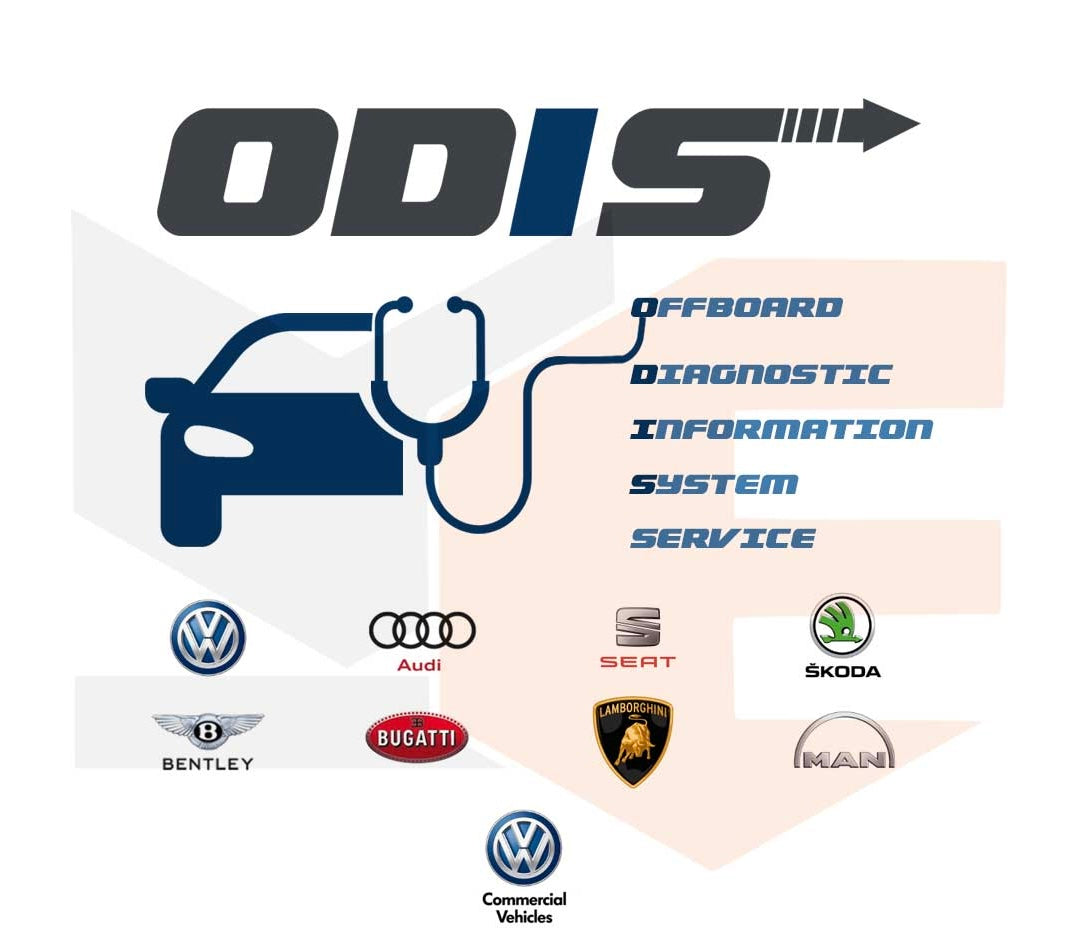In the realm of vehicle security, two cutting-edge systems, the CAN Phantom Immobiliser and the Ghost Immobiliser, have emerged as formidable contenders in the fight against car theft. While both share the common goal of bolstering security, they differ in their approaches and features, catering to diverse needs and preferences.
Unraveling the Communication Code
CAN Phantom Immobiliser:
This system zeroes in on the Controller Area Network (CAN) bus, a critical communication network within modern vehicles. Its objective is to immobilize the vehicle by disrupting communication between various electronic control units on the CAN bus.
Ghost Immobiliser:
In contrast, the Ghost Immobiliser takes a different route by interfering with the communication between the key fob and the Engine Control Unit (ECU). To start the engine, the driver must input a unique PIN code, adding an extra layer of protection.
Operation Tactics
CAN Phantom Immobiliser:
This system aims to thwart thieves by manipulating signals within the CAN bus, preventing the engine from starting. Its success lies in interrupting the intricate web of communication among the vehicle’s electronic components.
Ghost Immobiliser:
On the other hand, the Ghost Immobiliser secures the key-to-ECU communication, requiring the driver to enter a PIN code. This PIN-based authentication ensures that even if a thief gains possession of the key, the correct PIN is essential to start the engine.
The Visibility Quotient
CAN Phantom Immobiliser:
Visibility can vary depending on the specific model. Some versions are designed to operate covertly, without leaving visible signs of installation.
Ghost Immobiliser:
Renowned for its stealth mode, the Ghost strives to be discreet. It leaves no visible traces on the vehicle, maintaining a sleek and unaltered exterior.
Seamless Integration and Compatibility
CAN Phantom Immobiliser:
Professional installation is a prerequisite for the CAN Phantom Immobiliser, typically involving the connection to the vehicle’s CAN bus. Compatibility may vary based on the make and model of the vehicle.
Ghost Immobiliser:
The Ghost also requires professional installation but is celebrated for its non-intrusive approach, avoiding wire cutting and splicing in most cases. It boasts compatibility with a wide array of vehicles, offering versatility for different car models.
In the pursuit of automotive security, the choice between the CAN Phantom Immobiliser and the Ghost Immobiliser hinges on individual preferences, desired features, and compatibility with specific vehicles. These advanced systems stand as guardians against theft, providing car owners with peace of mind in an ever-evolving landscape of security challenges.
**Conclusion: Your Trusted Security Partner**
In the quest for top-tier automotive security, look no further than VMC - your dedicated partner in safeguarding your vehicle. Our expert technicians specialize in the installation of both the Ghost Immobiliser and the CAN Phantom Immobiliser, ensuring that you have a robust defense against the ever-present threat of car theft.
### Exclusive Pricing for Peace of Mind
At VMC, we understand the value of your peace of mind, and we offer competitive pricing for these advanced security systems:
- **Ghost Immobiliser:** £499
- **CAN Phantom Immobiliser:** £449
You can find these both on our website shop.
Investing in the safety of your vehicle has never been more accessible. Our team is committed to delivering seamless installations, providing you with the assurance that your prized possession is fortified against even the most sophisticated theft attempts.
Choose VMC for unparalleled expertise, cutting-edge security solutions, and a commitment to your vehicle's safety. Contact us today to schedule your installation and take the first step towards a more secure driving experience. Your peace of mind is our priority.





Leave a comment
This site is protected by hCaptcha and the hCaptcha Privacy Policy and Terms of Service apply.